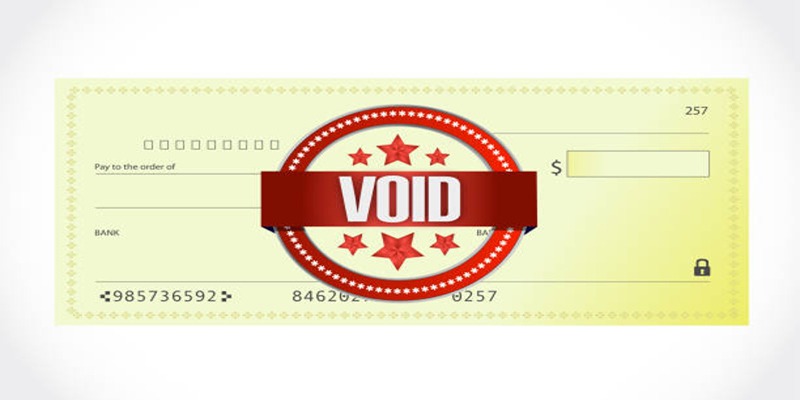Navigating the Landscape of B2B Marketing: Strategies and Tactics
Jan 17, 2024 By Triston Martin
B2B marketing is a dynamic and rapidly evolving field, continually shaped by technological advancements, market trends, and customer behaviors. At its core, it involves businesses marketing their products or services to other businesses, a process that requires a unique blend of strategies and tactics. This landscape is often complex and multifaceted, with decision-making processes that typically involve multiple stakeholders and longer sales cycles. Navigating this terrain successfully calls for a deep understanding of the business customer's needs and a well-crafted marketing strategy that effectively positions and differentiates the business. This document delves into the strategic and tactical aspects of B2B marketing, providing insights that can guide businesses towards successful engagements and sustainable growth in this competitive field.
What is B2B Marketing?

Before diving into the strategies and tactics of B2B marketing, it is essential to have a clear understanding of what it entails. B2B stands for business-to-business, which refers to any transaction or interaction between two businesses rather than between a business and an individual consumer. This includes selling products, services, software, technology solutions, or even partnerships and collaborations. B2B marketing, therefore, involves creating and executing marketing strategies to promote and sell products or services to other businesses.
In contrast to business-to-consumer (B2C) marketing, where the target audience is individual consumers, B2B marketing targets organizational decision-makers who are responsible for purchasing decisions on behalf of their companies. This key distinction has significant implications for the strategies, tactics, and channels used in B2B marketing. Understanding the nuances of this market and adapting marketing efforts accordingly is crucial for success.
Key Elements of a B2B Marketing Strategy
Developing a successful B2B marketing strategy requires a deep understanding of not only your own business but also that of your target customers. Here are some key elements to consider when crafting a B2B marketing strategy:
- Target Audience: The target audience for B2B marketing is other businesses. However, within this broad category, there are multiple stakeholders and decision-makers involved in the purchasing process. Identifying and understanding these individuals and their roles and responsibilities is critical for tailoring your messaging and positioning effectively.
- Value Proposition: Businesses make purchasing decisions based on the value a product or service can provide to their operations. Therefore, clearly articulating your unique selling proposition (USP) and how it addresses your target customers' pain points is essential.
- Marketing Channels: B2B marketing typically involves a mix of channels that may differ from those used in B2C marketing. These may include traditional channels such as trade shows, conferences, and direct mail, as well as digital channels like social media, email marketing, and content marketing. Understanding which channels are most effective for reaching your target audience is crucial.
- Content Strategy: Content plays a significant role in B2B marketing. Creating valuable and informative content that addresses the needs of your target customers can establish your business as a thought leader and build trust with potential buyers.
- Measurement and Analytics: As with any marketing strategy, it is crucial to have metrics in place to track the success of your efforts. In B2B marketing, this may involve measuring lead generation, sales conversions, or customer retention rates.
The Role of Tactics in B2B Marketing
Tactics refer to specific actions and approaches used within a marketing strategy to achieve its objectives. In B2B marketing, tactics can vary widely depending on the target audience, industry, and product or service being marketed. Here are some common tactics used in B2B marketing:
Account-Based Marketing (ABM):
ABM is a targeted approach that focuses on developing personalized marketing campaigns for specific high-value accounts. This tactic involves researching and understanding the individual needs and pain points of each target account and tailoring messaging and content accordingly.
Influencer Marketing:
Influencer marketing involves partnering with influential individuals within your target industry to promote your brand or products. These influencers can be industry experts, thought leaders, or even satisfied customers who can help increase your brand's credibility and reach.
Event Marketing:
Events such as trade shows, conferences, and workshops provide opportunities for businesses to showcase their products or services in person to a targeted audience. These events also offer networking opportunities and are an excellent way to generate leads and build relationships with potential customers.
Email Marketing:
Email marketing is a popular tactic in B2B marketing, allowing businesses to communicate directly with their target audience. Through personalized and targeted email campaigns, businesses can share valuable content, promote products or services, and nurture leads through the sales funnel.
Top Tips for B2B Marketing Success

- Know Your Audience: Understanding your target audience's needs, pain points, and decision-making processes is crucial for creating effective marketing strategies.
- Focus on Your Value Proposition: Clearly communicating the unique value your products or services offer to potential customers can help differentiate your business from competitors.
- Leverage Content Marketing: Creating high-quality, informative content that addresses your audience's needs can establish your brand as a thought leader and build trust with potential customers.
- Utilize Multiple Channels: B2B marketing often requires a mix of traditional and digital channels to reach target audiences effectively. Experimenting with different channels and measuring their effectiveness is essential.
- Personalize Your Approach: Personalization is crucial in B2B marketing, where businesses want to feel like their needs are understood and addressed. Tailoring messaging, content, and even marketing collateral to individual accounts can help increase engagement and conversions.
- Leverage Social Proof: Testimonials, case studies, and other forms of social proof can help increase your brand's credibility and trust with potential customers.
Conclusion
B2B marketing requires a different approach than B2C marketing due to the complex nature of business-to-business transactions. Understanding your target audience, developing a strong value proposition, and utilizing effective tactics and channels are crucial for success in this market. By continually evaluating and adapting your strategies, you can position your business as a valuable partner and drive growth in the B2B space. So, it is important to keep these key elements and top tips in mind when crafting your own B2B marketing strategy to achieve success and stand out in a competitive market. Remember, effective B2B marketing is an ongoing process that requires constant monitoring, analysis, and adaptation to stay ahead of the game.

Understanding FICA Taxes: What You Need to Know

How Much Do Taxes Cost Small Businesses?

Simplifying Direct Deposit: How to Write a Voided Check

Reasons Why Banks Don't Need Your Money to Make Loans

What Is IRS Form 8949 And Its Purpose?

Capital One Venture X Rewards Credit Card: For Frequent Travelers

What Exactly Is An Affinity Card

How Your Credit Cards Can Help During a Recession

Clearing Up Your ChexSystems Report

